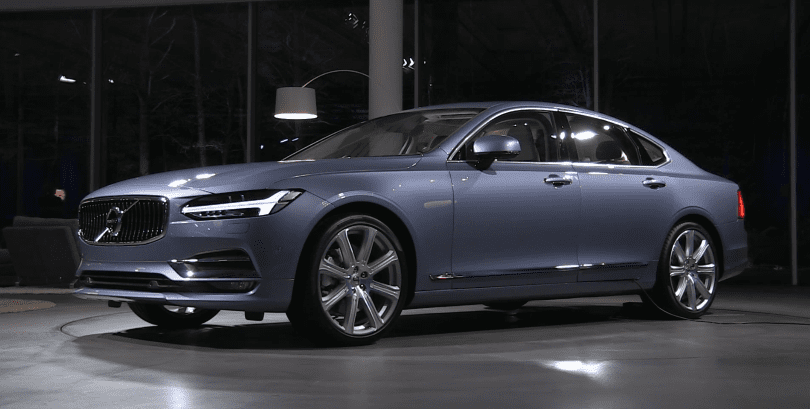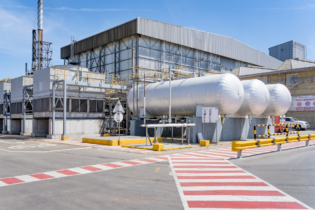
The Volvo S90.
While the vehicles will come directly from China to South Africa, the S90 model is currently being exported to Europe from China through the country’s ‘One Belt, One Road’ trade initiative.
Volvo has become the first automaker in the world to export China-built cars to Europe by train. The first S90 premium sedans, built at Volvo’s Daqing plant in China, arrived at a distribution centre in Zeebrugge, Belgium, this week.
Reducing transport time
The cars were transported to Belgium via the recently opened China-Europe railway link. The connection reduces the time it takes to transport vehicles to Europe by two thirds compared with the naval route, meaning customers receive their cars faster after placing their orders.
Volvo said the train route ties its global manufacturing and logistics strategy to the multi-billion euro trade flows between China and Europe. It added that the One Belt, One Road initiative also seeks to resurrect the age-old Silk Road trade route for a new era of global trade.
The railway link also illustrates how China is turning into a global manufacturing and export hub for high-end consumer products.
Volvo was the first Western car maker to export a premium China-made car to the United States in 2015 with its S60 Inscription.
In November of 2016, Volvo started building high-end versions of its S90 premium sedan in Daqing for global exports, and will soon be building all S90 vehicles in the factory for global export.
Reducing CO2 emissions
Beyond shorter waiting times for customers, Volvo said rail is also a smarter choice in terms of the environmental impact of logistics operations. Given the same distance over water, the CO
2 emissions per tonne/km are reduced by a third by choosing rail over sea transport. In this case the savings will be even higher based on the shorter distance.
Smart transportation
Each of the Volvo-dedicated trains traveling between Daqing and Zeebrugge carry around 225 Volvo cars, which are transported in specially designed containers.
One container holds three cars at different angles in order to maximize the use of space available inside. Special fixtures ensure that the cars are fastened during transport and do not move.
Trains have departed from Daqing once a week. The plan is to increase this frequency in line with growing volumes. The first S90 sedans arrived in Zeebrugge on 31 May.








